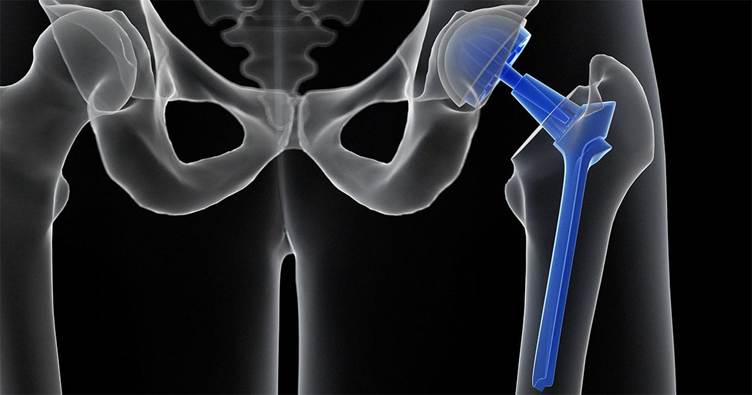Hip replacement surgery can significantly improve quality of life by reducing chronic pain and restoring mobility. However, a successful recovery depends on how well you follow post-operative guidelines. Understanding the essential “do’s and don’ts” is key to healing safely and returning to normal activities.
Understanding the Recovery Phase
After a total hip replacement, your body needs time to adjust to the new joint. Most patients spend a few days in the hospital, followed by several weeks of rehabilitation and physical therapy. This recovery period is critical and requires careful movements to avoid complications like dislocation, infection, or joint loosening.
Do’s After Hip Replacement Surgery
Follow Your Surgeon’s Instructions
Your surgeon will provide guidelines tailored to your specific surgery and health status. Always adhere to these instructions to minimize complications.
Attend Physical Therapy Sessions
Rehabilitation exercises are designed to strengthen your hip muscles, improve mobility, and prevent stiffness. Consistency is crucial for regaining normal function.
Use Assistive Devices
Walkers, crutches, or canes can help maintain balance and reduce stress on the new hip during early recovery.
Sleep with a Pillow Between Your Legs
This helps maintain proper hip alignment, especially when sleeping on your side, and prevents dislocation.
Practice Safe Movements
- Bend at the knees, not at the waist
- Keep your legs facing forward when sitting or standing
- Use raised toilet seats and chairs with armrests
Keep the Surgical Site Clean and Dry
Monitor for signs of infection, such as redness, drainage, or fever. Follow your doctor’s wound care instructions closely.
Don’ts After Hip Replacement Surgery
Don’t Cross Your Legs
Crossing your legs increases the risk of dislocating your new hip. Always keep your knees and feet facing forward.
Don’t Bend Your Hips More Than 90 Degrees
Avoid bending too far forward when sitting, tying shoes, or reaching for something on the ground.
Don’t Twist Your Leg Inward or Outward
Keep movements aligned to prevent joint instability.
Don’t Skip Medications
Pain management and infection prevention are crucial. Take prescribed medications as directed and report any side effects.
Don’t Resume High-Impact Activities Too Soon
Activities like running, jumping, or contact sports can damage the implant. Wait for your doctor’s approval before returning to intense physical exercise.
Don’t Ignore Persistent Pain or Swelling
These could be signs of complications. Always communicate any concerning symptoms with your healthcare provider.
Tips for Daily Life Adjustments
- Modify Your Home: Remove loose rugs, install grab bars, and use non-slip mats to reduce fall risk.
- Plan Your Movements: Take your time when getting up, turning, or walking.
- Use Adaptive Equipment: Long-handled reachers, shoehorns, and sock aids can help you perform tasks safely.
- Maintain a Healthy Diet: Good nutrition promotes healing and helps you maintain a healthy weight.
Resuming Activities Post-Recovery
Most patients return to light activities in 6–12 weeks, but full recovery may take up to 6 months. After that, you can resume:
- Walking and light hiking
- Swimming
- Cycling
- Driving (with doctor’s clearance)
- Golf and other low-impact sports
Always warm up, stretch, and use proper techniques to avoid injury.
Conclusion
Life after a hip replacement can be active and pain-free—but only if you follow the recommended precautions and care strategies. The key is to balance rest and activity, prioritize safety, and remain consistent with rehabilitation. With patience and the right approach, you can enjoy a healthier, more mobile life.
Disclaimer: This blog is for informational purposes only and does not constitute medical advice. Always consult your orthopedic surgeon or healthcare provider for personalized guidance.
